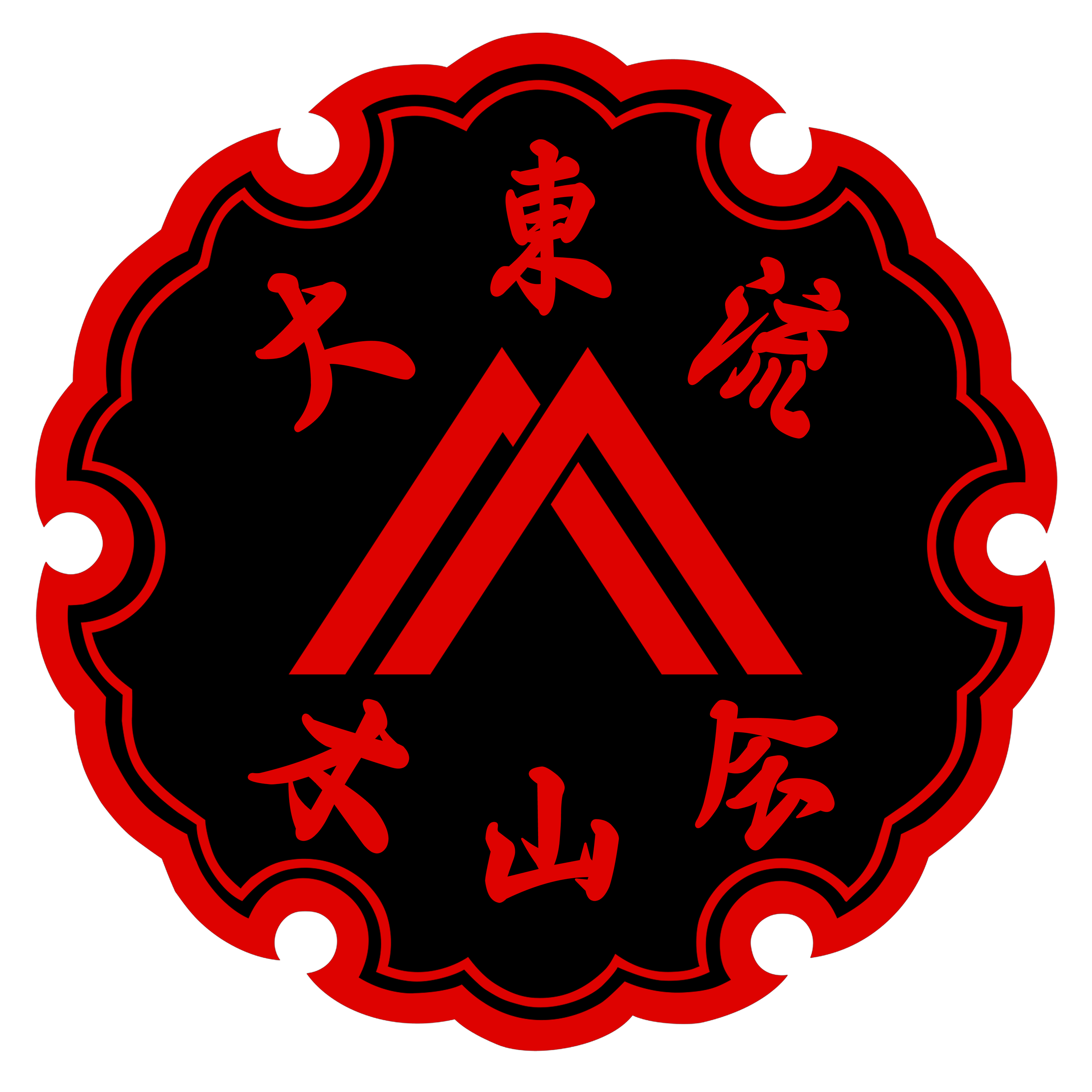Movement and Shugyo
Even experienced martial arts students often feel profound frustration when first introduced to Daito Ryu. Why? Because it's hard.
It is hard because in Daito Ryu the mechanics are not easily seen from the outside. So how do we learn on the mat?
We all must start with learning the external form: put your right foot forward, right hand out, cross hand grab, and so on. This is the thinking part of the movement. It engages a specific part of the brain. It can be taught on the mat and when off the mat we can try to figure it out intellectually. The technical aspects of practice are important, but they only serve as a framework. From there, you must experience to progress.
To learn the essence of Daito Ryu you have to teach the body not just the mind. The goal is to make your body learn to move. It is not muscle memory, it is your nervous system learning. Repetition in a specific frame of mind is paramount.
The teacher teaches what he thinks he is doing but in reality his movement system has found more clues than his thinking brain is aware of. That's why it is so important to receive the technique from a qualified instructor who wants to teach and lets you feel. Touching is how you learn. It's like your body is processing what it feels.
Sometimes I see students get off the mat during class to write things down. This is one of the worst things you can do in training because it breaks your movement patterns into thought, shifting out of feeling and back into thinking. While you are training on the mat you should strive for that state the Japanese call mushin, or "no mind." This doesn't mean you are absent, it means your mind isn't fixed on one thing. It is fluid and so our whole body is engaged. Try to squash analysis during practice and instead “sense” the technique. Sensing is actively paying attention to what you are feeling.
As uke this means giving a committed, consistent attack and opening up to feeling the response in your body. If your mind is trying to record what you think the instructor is doing, your body won't be able to feel. As a student tori applying a technique, this means being completely present, not looking at your feet, not "thinking" about what your body should be doing, not talking, and most importantly not stopping the technique halfway. Even a failed technique teaches your nervous system. Later afterwards, tori and uke can compare notes on what they "felt" not how it should be fixed mechanically. After a while, you will see that small changes in intent have big effects on the success of your technique.
Now this is a bit of "do what I say and not what I do." Anyone who has been to a seminar knows I may keep talking while demonstrating, but I've been doing this a little while and I'm able to compartmentalize my mind and body. My body has learned to feel the uke, even while my thinking mind is explaining some aspect of the technique. Now sometimes, while demonstrating a technique doesn't work. That usually means, I too need to shut up, be present, feel the technique and practice more.
So when we talk about "shugyo" training, this is part of what we mean: training with a specific intent, repeating and repeating and repeating the movement and feeling with your whole body.
Good luck and hope to see you on the mat.
—Roy

